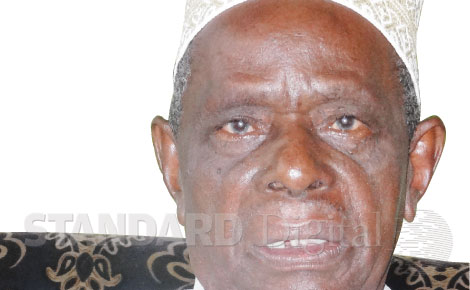×
The Standard e-Paper
Smart Minds Choose Us
 |
| Kassim Mwamzandi during the interview. [PHOTOS: JOE OMBUOR/FILE STANDARD] |
KWALE COUNTY: Kassim Bakari Mwamzandi, now a simple farmer in Kwale County, was probably the first victim of the heightened hostility between President Jomo Kenyatta and Jaramogi Oginga Odinga after the two broke ranks at the infamous 1966 Limuru Kanu delegates Conference.
But as it would turn out later, it was a few metres from his house that the late president would hold his last public function.